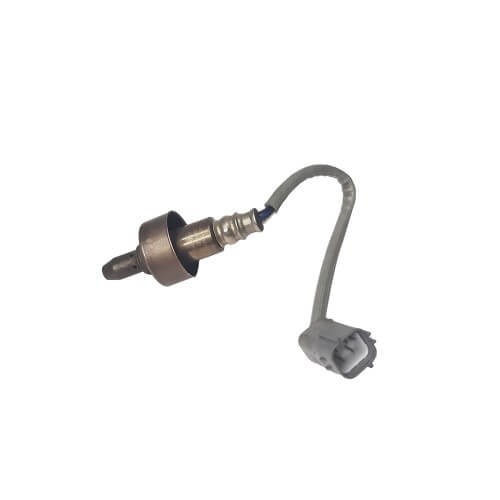Oxygen sensors are essential components in modern automotive engines and are critical in ensuring optimal fuel economy, reduced emissions, and improved engine performance. The sensor is responsible for measuring the amount of oxygen present in the exhaust gases of an engine and providing feedback to the engine control unit (ECU) for necessary adjustments to the air/fuel mixture.
The oxygen sensor works by measuring the oxygen content in the exhaust gases through a chemical reaction that occurs within its sensing element. The sensing element is typically made of zirconium dioxide, which is coated with a thin layer of platinum. This element is heated to a temperature of around 600°C to enable it to operate effectively. The platinum coating acts as a catalyst, causing a chemical reaction between the oxygen in the exhaust gas and the platinum, which generates an electrical voltage that varies according to the oxygen content.
The ECU receives the voltage signal from the oxygen sensor and uses it to adjust the air/fuel mixture to maintain a precise ratio of air to fuel. A rich air/fuel mixture (too much fuel) can result in excess emissions, while a lean air/fuel mixture (too little fuel) can cause engine damage. Therefore, the oxygen sensor is critical in ensuring that the engine operates efficiently and within emissions regulations.
Over time, the performance of oxygen sensors can degrade due to contamination, exposure to high temperatures, or wear and tear. A faulty oxygen sensor can result in poor engine performance, decreased fuel economy, and increased emissions. It is therefore important to replace a faulty oxygen sensor promptly to ensure the proper functioning of the engine.
Showing all 2 resultsSorted by popularity
- Image
- SKU
- Rating
- Price
- Stock
- Availability
- Add to cart
- Description
- Content
- Weight
- Dimensions
- Additional information


